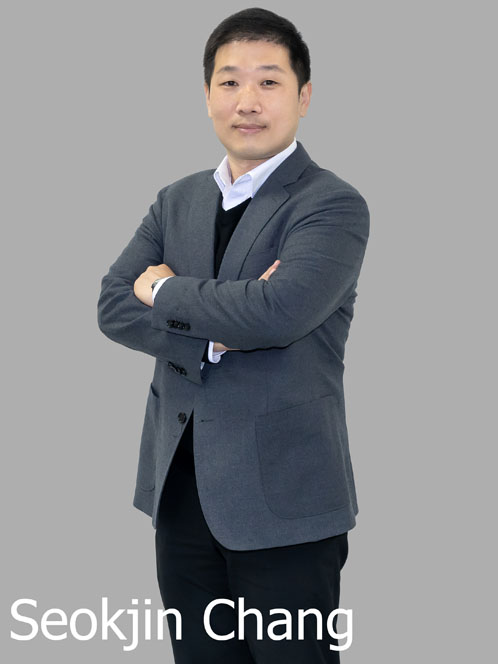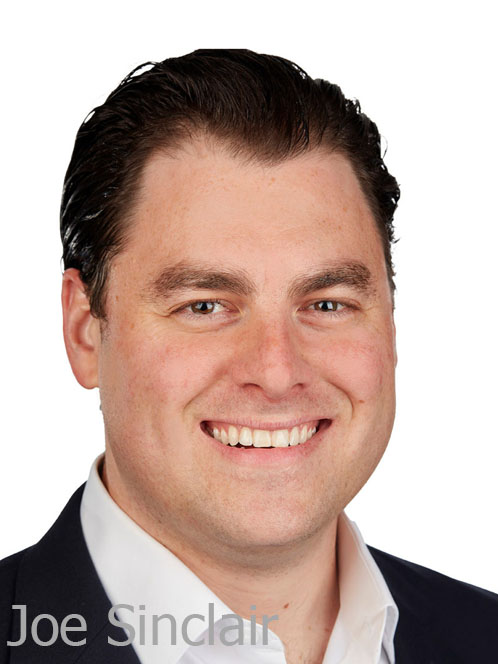Given that there’s a lot of discussion about the consolidation of service providers throughout the pharmaceutical industry, I asked the panel how much of this activity they’re seeing in their own environments. Joe Haugh (JH), Vice President of Life Sciences Manufacturing at Cognizant, comments: “Historically, there were engineering vendors who generally focused on production sites and all the engineering tools involved in manufacturing."
"Then, there was the IT industry that focused on the ERP, logistics systems and supply chain … and then cloud started to be adopted. The big thing at the moment is the convergence of engineering and IT. If we look at the kind of companies with expertise in those two areas, they have traditionally been very different. Now, clients are beginning to look for a blend of these areas of expertise in a single service provider.”
“Looking at the biologics contract development and manufacturing organisation (CDMO) industry today,” observes Seokjin Chang (SC), Market Intelligence at Samsung Biologics, “mergers and acquisitions (M&A) are widespread and actively taking place."

"The top M&A trends in 2021 showcased significant investment in both biologics and cell and gene therapy manufacturing through large-scale acquisitions and/or expansions.” Industry trade group, DCAT, noted 15 major deals among the most prominent players in the industry in 2021.1 “This activity is particularly evident with new modalities and with strategies that are designed to quickly gain market entry, expand technical capabilities and obtain a relevant track record.”
“The mergers of drug product (DP) facilities as well as drug substance (DS) facilities are often reported in the news; however, organic growth is also on the rise, with many manufacturers investing in the expansion of their facilities and capabilities. This is particularly noticeable in the production of traditional mAbs,” he adds.
“Consolidation in the CDMO segment of the industry has remained consistent with yearly activity,” says Joe Sinclair (JS), Vice President, Business Development and Corporate Strategy at Vibalogics, “and we can expect this to continue throughout 2022.”
“During the past 10 years, we’ve observed continuous M&A activity with varying degrees of size. Many organisations are placing a strategic focus on synergising their services, integrating innovative technology, domestic and international geographical expansion, and growth into new areas of therapeutic modalities, among other drivers. These activities aren’t set to stop any time soon as companies seek new ways to compete for business in a highly active and growing market.”
Recently, Recipharm announced a series of acquisitions in ATMPs (advanced therapy medicinal products), including GenIbet Biopharmaceuticals (Oeiras, Portugal), Arranta Bio (Watertown, MA, US) and Vibalogics (Boxborough, MA, US/Cuxhaven, Germany). These acquisitions are integral to the company’s strategic focus and growth as it sets out to further expand its service offering into novel and advanced biological modalities.

KR: What do you think are the key triggers for this M&A activity?
SC: The most common drivers behind M&A activities are to expand capabilities, enable faster market entry or increase your geographical footprint. For example, if a company wants to expand into a new service area, it may choose to acquire rather than build in-house. This is because acquisition is a quicker way of obtaining entry into the market and has the additional bonus of gaining the required technical capabilities, personnel and other resources (equipment, manufacturing facility, R&D laboratories, etc.) immediately.
JS: Companies are using M&A to broaden their offerings to customers, including expanding their services throughout the product lifecycle. The benefit of this is being able to support customers from an earlier stage and therefore secure longer-term partnerships. We’ve seen an increasing number of companies now expanding their service capabilities to include preclinical discovery, development, manufacturing, testing and clinical and regulatory support.
The driver here is the growing demand for broad service capabilities as CDMOs look to become an extension of their customers’ teams — from early to late-stage development and commercial launch. The market continues to grow as more service providers take this end-to-end approach with many big names now adopting this service model.
JH: The profile of what our pharmaceutical and biotech clients want and need has changed, which is driving them to change their relationships. We’re seeing this throughout the market and it’s driving M&A activity such as Cognizant’s acquisition of Zenith Technologies in 2019 and TQS Integration in 2021. Since these acquisitions, we have learned that many of our customers prefer end-to-end service from a single supplier.
Our customers are looking for digital transformation partners and now, with Cognizant, we can offer holistic manufacturing transformation solutions, which are key to modernising our clients’ supply chains. This becomes a lot more complex when clients have to work and co-ordinate with three, four or even five different companies. That’s the advantage that Cognizant offers; with Zenith and TQS, we can transform our clients’ manufacturing processes as one single partner.
KR: What’s your view on the end-to-end versus niche provider debate? Do you find pharma companies wanting more integrated services from CDMOs rather than having to work with multiple companies on different stages of a product’s lifecycle?

SC: As Joe mentioned, pharma and biotech companies definitely appear to prefer end-to-end service providers as they offer ease of material handling, can shorten timelines and can minimise supply chain risks. However, finding a well-rounded service provider can be challenging, with some providers being very good in one area but lacking in others.
This is particularly true in new, emerging fields such as mRNA and cell and gene therapy in which the technologies used are newer and there has not been as much time to develop robust processes.
In this case, pharma clients must ensure that their end-to-end service providers are not only well-equipped with the technical expertise, but are also demonstrably highly competent, regardless of what stage of a product lifecycle the project is at. Finding a CDMO partner with proven, well-rounded, end-to-end capabilities that are supported by expert personnel with experience in this new area is key for success.
JH: Customers are looking to strengthen relationships and expand with CDMOs to increase efficiencies and reduce complexities. Regarding the end-to-end versus niche question, I personally think a combination of both is ideal.
What Cognizant has done with Zenith and TQS is a great example. We have created a niche Life Sciences Manufacturing group within a larger professional services firm; this allows us to operate at a high level and provide both broad technology solutions and very niche ones, such as manufacturing-specific services that require a high level of subject matter expertise. This approach is a win-win for the client.
JS: The specialist versus generalist service provider debate remains ongoing and is likely to continue for many years; each company must determine the right type of service provider for them. There is no one-size-fits-all model as start-ups, mid-sized and Big Pharma companies must evaluate the drivers for their ideal relationship.
This will be defined by their need for specialised expertise, clinical and commercial capability, capacity, the management of time constraints, financial capital and more.
The end-to-end model traditionally offers a more seamless client experience and speedy service as a result of limited handoffs from one provider to the next along the service pipeline. However, it is still up for debate whether larger end-to-end players can offer the flexibility and personalised experience that some smaller or niche providers are offering.
Reference
1. www.dcatvci.org/features/cdmos-cmos-the-movers-and-shakers-of-2021/.
